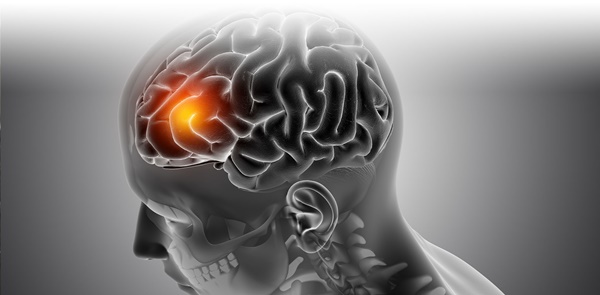Epilepsy and other seizure disorders can be challenging and, at times, unpredictable. Ensuring optimal management is not just about reducing the frequency of seizures, but also about improving the overall quality of life for those affected. Over the years, advancements in both medical and non-medical fields have paved the way for a more comprehensive approach to seizure management. Here, we delve into five key methods to enhance seizure control and ensure a better quality of life.
Optimized Medication Regimens:
Medications, commonly known as antiepileptic drugs (AEDs), remain the primary treatment for epilepsy and seizure disorders. Improving seizure management often starts with ensuring that the medication regimen is optimized.
Personalized Treatment: It’s essential to recognize that each individual may respond differently to medications. Regular consultations with a neurologist can ensure that the drug regimen is tailored to the individual’s specific needs.
Monitoring for Side Effects: While AEDs can be effective, they may also come with side effects. Regular monitoring can help in timely identification of any adverse effects and appropriate adjustments to the regimen.
Research Peptides
Gamma-aminobutyric acid (GABA) is a central nervous system signaling molecule known to reduce electrical activity in the spinal cord and reduce overall electrical excitability in the central nervous system. A number of anti-seizure medications work either by increasing levels of GABA in the central nervous system or by binding to GABA receptors and mimicking the effects of GABA. In a recent study of mice with epilepsy, scientists administered GHRH analogues, like sermorelin, to test the effect of these peptides on seizure activity. It turns out that GHRH analogues are effective in suppressing seizures by activating GABA receptors. This is a very new finding and an active area of research as medications for treating seizure conditions, while effective, have a range of detrimental side effects that reduce their clinical use. To learn more about peptides visit this page.
Adherence: Ensuring that the medications are taken consistently and as prescribed is crucial. Tools like pill organizers, alarms, and mobile applications can assist in maintaining adherence.
Lifestyle Modifications:
Living with a seizure disorder often requires certain lifestyle changes. Adopting these can significantly impact seizure management.
Stress Reduction: Stress is a well-known trigger for seizures. Engaging in relaxation techniques like deep breathing, meditation, or yoga can help mitigate stress.
Sleep Hygiene: Disrupted or inadequate sleep can increase seizure risk. Maintaining a regular sleep schedule, ensuring a conducive sleep environment, and addressing any sleep disorders can make a big difference.
Dietary Approaches: Diets like the ketogenic diet have been shown to reduce seizure frequency in some individuals. Always consult with a healthcare professional before making significant dietary changes.
Seizure Tracking and Identification:
Understanding seizure patterns is a significant step towards better management.
Seizure Diaries: Keeping a detailed record of each seizure, including its time, duration, and potential triggers, can provide invaluable insights. Over time, patterns may emerge, allowing for better prediction and possibly prevention.
Wearable Technology: Advances in technology have led to the development of wearable devices that can detect and record seizures, offering an objective means of tracking.
Surgical Interventions:
For those who do not achieve adequate seizure control with medications, surgical options may be explored.
Resective Surgery: This involves removing the part of the brain where seizures originate. It’s most effective when seizures have a clear point of origin in the brain.
Vagus Nerve Stimulation (VNS): This approach involves implanting a device that sends regular electrical impulses to the vagus nerve, helping to reduce seizure frequency and intensity.
Responsive Neurostimulation (RNS): Similar to VNS, RNS involves implanting a device, but this one monitors brain activity and delivers an electrical stimulus when a potential seizure is detected.
Community and Support Systems:
Managing seizures goes beyond medical and surgical interventions. The psychological and emotional aspects are equally crucial.
Support Groups: Joining a support group can provide a platform to share experiences, learn from others, and gain emotional support.
Educating Friends and Family: Ensuring that close family and friends are educated about seizures can be life-saving. They can assist during a seizure, provide emotional support, and help ensure adherence to treatment regimens.
Regular Counseling: Regular counseling or therapy sessions can help address the emotional and psychological challenges that come with living with a seizure disorder, promoting overall well-being.
Improving seizure management is a multifaceted endeavor. By combining medical advancements with lifestyle changes, technological tools, surgical options, and strong community support, individuals with seizure disorders can hope for not just reduced seizure frequency but also an enhanced quality of life. Collaboration with healthcare professionals and being proactive in one’s care are pivotal in navigating this journey successfully.













